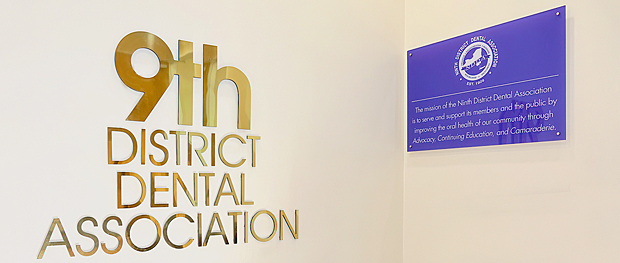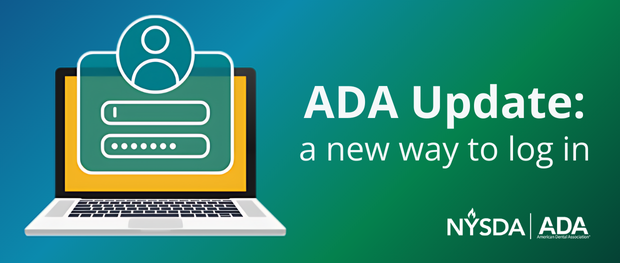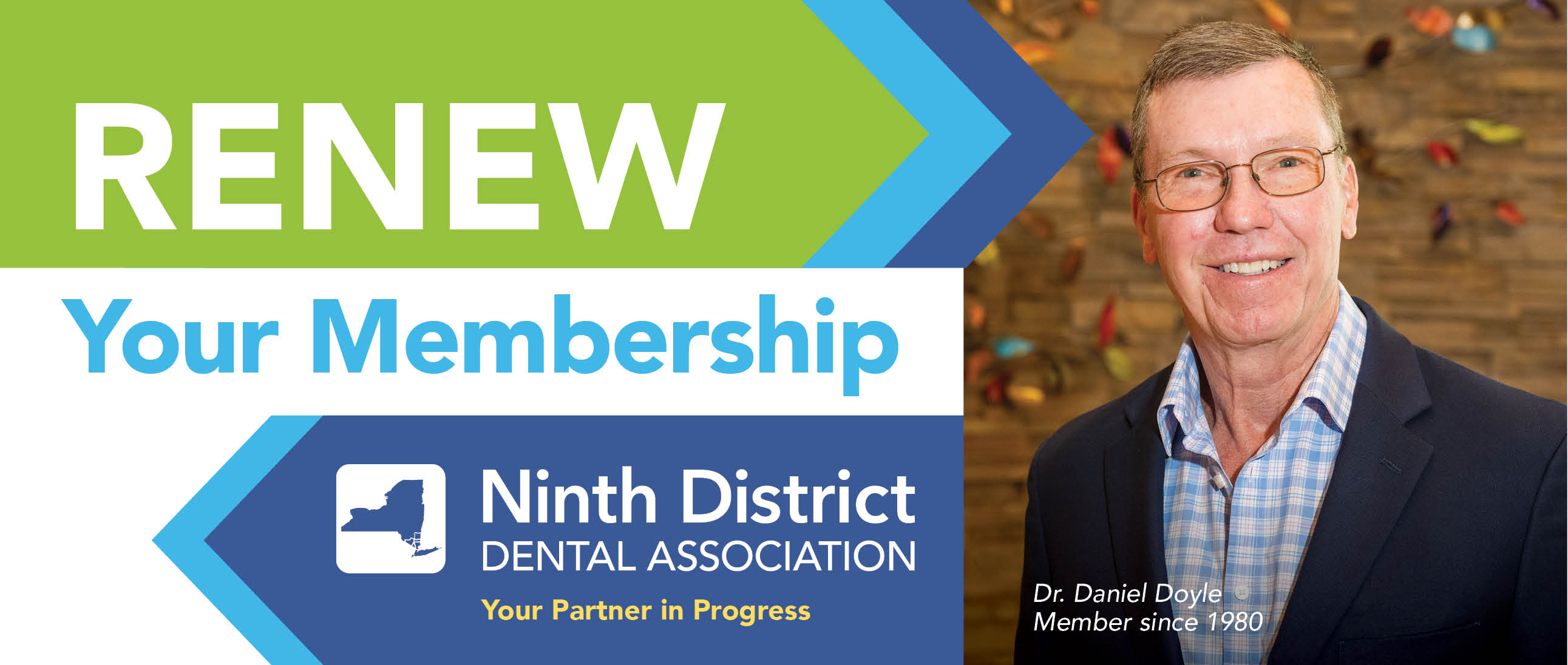AHRQ Highlights Dental Antibiotic Prescribing
Per the notice below, the Agency for Healthcare Research and Quality (AHRQ) is highlighting dental antibiotic prescribing.

Barriers and facilitators to guideline concordant dental antibiotic prescribing in the United States: A qualitative study of the National Dental PBRN
- PMID: 38558016
- DOI: 10.1111/jphd.12611
Abstract
Objectives: While factors contributing to dental antibiotic overprescribing have previously been described, previous work has lacked any theoretical behavior change framework that could guide future intervention development. The purpose of this study was to use an evidence-based conceptual model to identify barriers and facilitators of appropriate antibiotic prescribing by dentists as a guide for future interventions aimed at modifying antibiotic prescribing.
Methods: Semi-structured interviews were conducted with dentists from the National Dental Practice Based Research Network (PBRN) exploring patient and practice factors perceived to impact antibiotic prescribing. Audio-recorded telephone interviews were transcribed and independently coded by three researchers. Themes were organized around the COM-B model to inform prospective interventions.
Results: 73 of 104 dentists (70.1%) were interviewed. Most were general dentists (86.3%), male (65.7%), and white (69.9%). Coding identified three broad targets to support appropriate dental antibiotic prescribing among dentists: (1) increasing visibility and accessibility of guidelines, (2) providing additional guidance on antibiotic prescribing in dental scenarios without clear guidelines, and (3) education and communication skills-building focused on discussing appropriate antibiotic use with patients and physicians.
Conclusions: The findings from our study are consistent with other studies focusing on antibiotic prescribing behavior in dentists. Understanding facilitators and barriers to dental antibiotic prescribing is necessary to inform targeted interventions to improve appropriate antibiotic prescribing. Future interventions should focus on implementing multimodal strategies to provide the necessary support for dentists to judiciously prescribe antibiotics.
Keywords: antimicrobial stewardship; anti‐bacterial agents; appropriate prescribing; barriers; dentistry; facilitators; interventions; qualitative.
© 2024 American Association of Public Health Dentistry.
Similar articles
- Barriers to and facilitators of opioid prescribing by dentists in the United States: A qualitative study.Yan CH, Ramanathan S, Suda KJ, Khouja T, Rowan SA, Evans CT, Lee TA, Calip GS, Gellad WF, Sharp LK; National Dental Practice-Based Research Network Collaborative Group.J Am Dent Assoc. 2022 Oct;153(10):957-969.e1. doi: 10.1016/j.adaj.2022.05.009. Epub 2022 Jul 19.PMID: 35863973 Free PMC article.
- Effect of an educational intervention among Lebanese dentists on antibiotic prescribing: a randomized controlled study.Chehabeddine N, Lahoud N, Noujeim ZEF, Zeidan RK, Hleyhel M, Saleh N.Clin Oral Investig. 2022 Jul;26(7):4857-4869. doi: 10.1007/s00784-022-04453-6. Epub 2022 Mar 29.PMID: 35348880 Review.
- Antimicrobial Resistance and Antibiotic Prescribing in Dental Practice.Palmer NOA.Dent Update. 2016 Dec;43(10):954-58, 960. doi: 10.12968/denu.2016.43.10.954.PMID: 29155536 Review.
- Barriers and facilitators of evidence-based management of patients with bacterial infections among general dental practitioners: a theory-informed interview study.Newlands R, Duncan EM, Prior M, Elouafkaoui P, Elders A, Young L, Clarkson JE, Ramsay CR; Translation Research in a Dental Setting (TRiaDS) Research Methodology Group.Implement Sci. 2016 Jan 29;11:11. doi: 10.1186/s13012-016-0372-z.PMID: 26821790 Free PMC article.
- Antibiotic use for treating dental infections in children: a survey of dentists' prescribing practices.Cherry WR, Lee JY, Shugars DA, White RP Jr, Vann WF Jr.J Am Dent Assoc. 2012 Jan;143(1):31-8. doi: 10.14219/jada.archive.2012.0015.PMID: 22207664
References
REFERENCES
- King LM, Lovegrove MC, Shehab N, Tsay S, Budnitz DS, Geller AI, et al. Trends in US outpatient antibiotic prescriptions during the coronavirus disease 2019 pandemic. Clin Infect Dis Off Publ Infect Dis Soc Am. 2021;73(3):e652–e660. https://doi.org/10.1093/cid/ciaa1896
- Hicks LA, Bartoces MG, Roberts RM, Suda KJ, Hunkler RJ, Schrag SJ. US outpatient antibiotic prescribing variation according to geography, patient population, and provider specialty in 2011. Clin Infect Dis. 2015;60(9):1308–1316.
- King E, Bartoces M, Fleming‐Dutra KE, Roberts RM, Hicks LA. Changes in US outpatient antibiotic prescriptions from 2011–2016. Clin Infect Dis. 2019;70:370–377.
- Suda KJ, Hicks LA, Roberts RM, Hunkler RJ, Matusiak LM, Schumock GT. Antibiotic expenditures by medication, class, and healthcare setting in the United States, 2010–2015. Clin Infect Dis. 2018;66(2):185–190.
- Suda KJ, Calip GS, Zhou J, Rowan S, Gross AE, Hershow RC, et al. Assessment of the appropriateness of antibiotic prescriptions for infection prophylaxis before dental procedures, 2011 to 2015. JAMA Netw Open. 2019;2(5):e193909.
- Female
Substances
Related information
Grants and funding
LinkOut - more resources
Full Text Sources
Medical
Barriers and facilitators to guideline concordant dental antibiotic prescribing in the United States: a qualitative study of the National Dental PBRN. Ramanathan S, Yan C, Suda KJ, et al. J Public Health Dent. 2024 Jun;84(2):163-74. Epub 2024 Apr 1. Access the abstract on PubMed®.











.png?sfvrsn=4447de7f_1)















